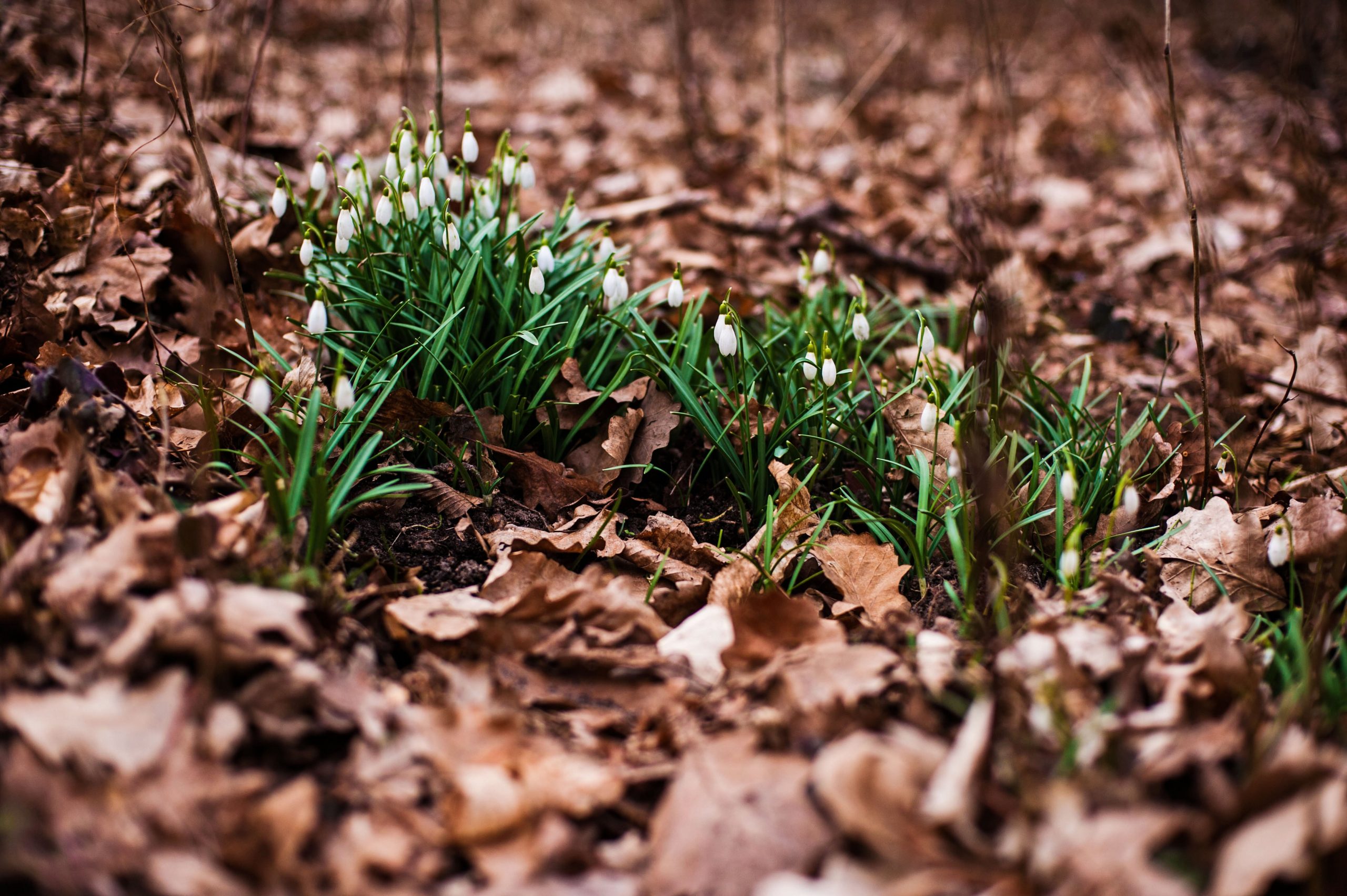By February, half of winter has already passed in the northern hemisphere, and signs of the coming spring appear as new life begins to sprout. In honor of the approaching seasonal change, many celebrate an old Gaelic festival called Imbolc that starts on Feb. 1 and ends the evening of Feb. 2. This holiday marks the midpoint between the winter solstice and the vernal equinox and the first day of spring on the old Gaelic calendar. It is one of the first of four Irish fire festivals for the cross-quarter days.
This festival has gone by different names throughout history and, similar to other holidays, has acquired Christian counterparts after the spread of Catholicism in Europe.
Imbolc is a time of renewal as the Earth reawakens from its long winter rest. To this day, many people continue to celebrate it but with a more modern variation.
A Brief History of Imbolc
The most recent adaptation is the Catholic holiday called Candlemas celebrated on Feb. 2 each year. Candlemas is the Feast of the Presentation of the Lord and includes the ritual of blessing and distributing candles in procession before beginning Mass. Catholics across the globe still celebrate this holiday.
Before Candlemas became an international holiday, the Catholic festival of Saint Brigid’s Day, or the Feast of St. Brigid, transpired on Feb. 1. St. Brigid’s Day has remained an Irish holiday because it is named after one of the country’s three official patron saints, the patroness St. Brigid. St Brigid’s Day includes a festival of fertility because the coming of spring means the return of the planting season and the birth of new animals for farming and hunting.
The purpose of the holiday is to pay homage to St. Brigid (or Brigit), also called Brigid of Kildare, to receive blessings, protection and abundance for the new growing season. To show their respects to St. Brigid, people made Brigid’s cross. Many legends, myths and folklore exist concerning this patron saint. Many believe St. Brigid is the Christianized version of the Goddess Brigid, especially since St. Brigid’s Day took over the original holiday, Imbolc.
Imbolc is one of eight sabbat holidays that constitute the Wheel of the Year used by the pagan community. Llewellyn book author Carl F. Neal said, “Imbolc as a sabbat grew from the celebration of first milk from the pregnant ewes in the hinterlands of Ireland, Scotland, and other parts of Europe.” The lactating ewes signified that spring had arrived and the people survived another punishing winter.
During the harsh winter months, people brought their remaining livestock inside their homes to keep the animals from freezing to death. Plus, having more warm bodies in the house improved the overall temperature and kept everyone warmer. People had to survive off whatever food they managed to store before winter set in. By the time spring finally rolled around, homes were filthy, pregnant livestock near birthing, and planting season would soon be underway. For these reasons, Imbolc was a time for cleansing, renewal and rebirth.
As the Celtic triple goddesses, the Gaelic people dedicated Imbolc to Goddess Brigid (or Brighid) and asked for her favor to receive prosperity and abundance in the new year. They honored her by creating effigies of the goddess (corn dollies) using long grasses.
Imbolc is one of four fire festivals celebrated in Ireland that mark the changing seasons. A tradition was to light a bonfire to usher in the returning sun and longer days to ensure a bright and flourishing spring.
How the Holiday Is Celebrated Today
In the modern era, many pagans celebrate a more updated version of the Gaelic holiday. Nowadays, people do not struggle through the winter season in the same manner as their ancestors. Still, that doesn’t mean that Imbolc has lost its meaning as a time of new beginnings.
After spending the first half of the winter in a state of hibernation, it’s time to prepare for the coming of spring. One way to do this is by performing a home cleansing, both physically and spiritually. Deep cleaning the home helps prepare for any projects planned for the warmer seasons. For spiritual purposes, performing a smudging ritual works to cleanse the energies in the home.
Goddess Brigid remains the celebrated deity at Imbolc. The tradition of making corn dollies in her image continues as well as the making of Brigid crosses.
All sabbats revolve around the changing seasons. One of the best ways to get in touch with the seasonal transitions is to spend time in nature. Go outside and look for signs of the return of spring. For people who garden, Imbolc is a great time to start planning out the spring garden. Many plants grow best if they spend their first few weeks of life indoors, so this holiday is a great time to start those seedlings.
Since Imbolc is a fire festival, many people light bonfires, campfires and candles. Making candles is a fun craft to incorporate for the fire festival side of the sabbat, especially by making candles with colors that correspond to Imbolc: soft greens, white, pink and fire colors.
Eating a traditional meal is a delicious addition to any sabbat celebration. A long-established dish for Imbolc is the Irish colcannon, made with potatoes and cabbage. Fresh homemade bread makes a mouthwatering accompaniment to any meal. Plus, it provides a warm and cozy atmosphere in the home. Spice up some butter with herbs to make a rich fragrant spread to smear across your freshly baked bread. It is only fitting that milk should accompany this dinner since, originally, ewes’ milk production signified spring. Blackberries are considered sacred to the Goddess Brigid and attract prosperity and healing. So, a blackberry dessert is a great choice to complete the meal.
Though Imbolc is not one of the most well-known sabbats these days, it is a holiday filled with rich history, Gaelic culture and simple yet delicious food. Just like Goddess Brigid, it has survived the changing times by taking on different forms. Whether you celebrate Imbolc, St. Brigid’s Day, Candlemas or just want to take some time to get in tune with the changing of the seasons, create space to plan for new beginnings by clearing out the old and preparing for this year’s aspirations.

















